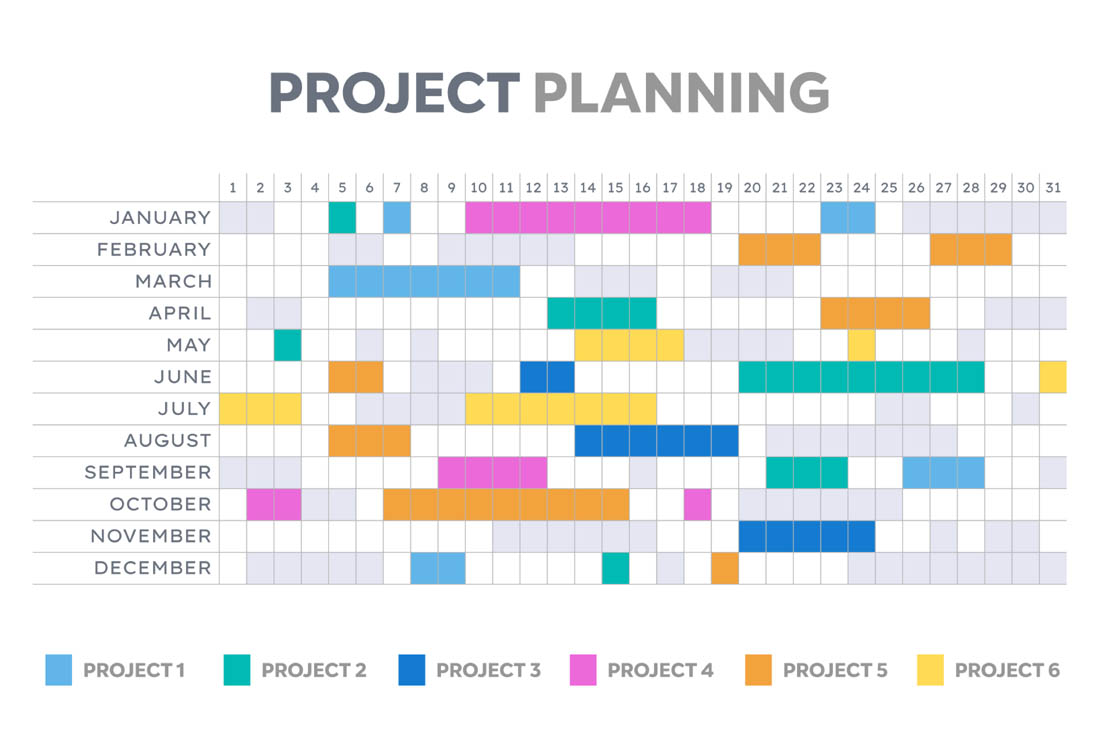Building a robust remote workers toolkit can help managers and employees thrive in a remote work environment. Here’s what you need:
Remote work environments offer many opportunities, but there are also challenges only a remote work toolkit can solve. Whether you’re looking for help with performance management, task management, communication tools, video conferencing or employee engagement, a remote worker toolkit with integrated software tools can make managing remote teams easier and more effective.
Are the tools in your arsenal helping employees work efficiently, or are they clogging up workflows and contributing to workplace distractions? It’s time to take a closer look at your remote work management tools. In this guide, we’ll provide everything you need to create a toolkit for managing remote workers.
What is a Remote Workers Toolkit?
A remote workers toolkit is a collection of techniques, strategies and software tools or apps that managers use to empower their teams, even if those teams are in different time zones or observe different work hours. The toolkit ensures that a remote workforce is just as productive and collaborative as an in-person one. It must have tools and apps that support performance management, project management, time management, instant messaging, video conferencing and more.
Why Should You Use a Remote Workers Toolkit?
A remote work toolkit takes the heavy lifting out of managing remote workers by bringing together tools designed to support remote work. Integrated software tools help managers streamline inefficient processes, increase focus and productivity, improve company culture, boost collaboration and communication, simplify onboarding, and other challenges that affect remote and on-site teams.
A remote workers toolkit can prove transformative if you’re looking for help managing remote employees.
7 Tools for Managing Remote Employees
With so many different remote work tools and apps available, knowing where to start when it comes to building your remote work toolkit can be challenging. We’ve selected a few of the top tools for managing remote teams to make the process easier.
1. ActivTrak for Productivity Management
ActivTrak is the leading workforce analytics and productivity management solution designed to help manage in-office, hybrid and remote workers. Our platform collects relevant metrics related to workflows, productivity, focus, time management and more so you can use accurate data to inform your team management strategy.
ActivTrak also offers a variety of pre-configured reports highlighting areas of improvement and key takeaways. Team Pulse reports give a broader snapshot of remote employees’ productivity, Workload Balance reports can help prevent burnout, and Work Efficiency reports provide insight into time management and how teams utilize their time. Managers can compare teams with Team Comparison reports to make sure everyone’s aligned, and no teams are overextended. ActivTrak’s Personal Insights Dashboard empowers workers to take control of their productivity by helping them understand how they work and giving them the tools to make positive adjustments.
Key features:
- Track productivity across remote teams and individual workers
- Assess engagement and focus for remote team members
- Enable managers to coach remote employees
- Identify and resolve issues with workflows
Pricing:
ActivTrak offers different plans of the platform. For Enterprise pricing, contact the ActivTrak team.
Ratings and Reviews:
- G2: 4.5/5
- Capterra: 4.6/5
2. Monday.com for Project Management
Monday.com is a versatile project management tool that focuses remote workers on larger task goals and the individual processes to achieve those goals. With its simple onboarding process and intuitive interface, Monday.com is a great tool for anyone looking to help remote teams improve their workflows, simplify collaboration and increase visibility. It’s an excellent option for non-technical teams that don’t need all the bells and whistles of a standard project management tool, but still want the essential core capabilities.
Key features:
- Gain insight into team needs via simple dashboards
- Pull data from other tools and apps into Monday.com using easy integrations
- Automate repetitive tasks
Pricing:
Monday.com has a free option and additional paid options per seat per month.
Ratings and Reviews:
- G2 4.7/5
- Capterra 4.6/5
3. MS Teams for Collaboration
Microsoft Teams (MS Teams) as a collaboration tool works particularly well if your organization is already familiar with Microsoft 365. With Microsoft Teams, you get a series of comprehensive communication tools, including video conferencing, instant messaging and document collaboration.
Key features:
- Real-time presence changes
- Keep all communications in one place with chats displayed as conversation threads
- Easily collect data and analyze collaboration and communication metrics with integrations
Pricing:
Microsoft Teams offers both free and paid versions.
Ratings and Reviews:
- G2 4.3/5
- Capterra 4.4/5
4. Jira for Complex Projects
While Microsoft Teams and Google Drive are great options for smaller projects, Jira is a collaboration tool that supports technical or more complex projects. Jira supports enterprise-level agile environments with an advanced set of features that make it a top choice for project managers. Jira offers both scrum boards and kanban boards for easier collaboration.
Key features:
- Help remote teams with boards that break up large projects into manageable pieces — making it easier to visualize workflows and maximize efficiency
- Increase visibility with out-of-the-box report templates and dashboards
Pricing:
Jira offers a free version and two paid versions..
Ratings and Reviews:
- G2 4.2/5
- Capterra 4.4/5
5. Slack for Messaging
Instant messaging is essential to keep remote teams personally and professionally connected. Messaging apps make it easy to keep team members up-to-date on projects throughout the day, and non-work-related channels offer a fun way to check in and bond. Slack has been a frontrunner in the field since long before the pandemic, and managers can use it to improve company culture and workflows simultaneously.
Key features:
- Communicate with individuals and groups through specific channels
- Quickly jump on video,voice calls or huddles for impromptu team meetings
- Organize discussions using threads
Pricing:
Slack offers a limited free plan and paid plans.
Ratings and Reviews:
- G2: 4.5/5
- Capterra: 4.7/5
6. Zoom for Video Conferencing
Zoom has become a staple of remote work. This video conferencing software tool supports virtual meetings with shared screens, instant messaging and more. Plus, when you integrate it with a productivity monitoring tool like ActivTrak, you get insights into your remote workers’ distractions and multitasking activities during virtual team meetings.
Key features:
- Host team meetings and webinars for up to 100 people on the free plan
- Share screens for real-time collaboration
- Record meetings
- Use breakout rooms to facilitate smaller discussions among virtual teams
Pricing:
Zoom has a free and paid plan.
Ratings and Reviews:
- G2: 4.5/5
- Capterra: 4.6/5
7. ZenDesk for Customer Service and Support
ZenDesk is a help desk solution designed to keep customer service and support teams organized. The tool comes with a ticketing platform to ensure each customer request is promptly resolved. It also offers messaging tools and the ability to build a hosted knowledge base so customers can resolve problems for themselves. Even better, ZenDesk integrates with a wide variety of other software tools, including CRMs, productivity monitoring solutions, project management tools, instant messaging solutions and more.
Key features:
- Deliver customer support from anywhere
- Empower customers to self-serve and help themselves
- Provide a personalized touch at scale
- Make sure customer requests never slip through the cracks
Pricing:
ZenDesk has a basic services plans, as well as a suite of services.
Ratings and Reviews:
- G2 4.3/5
- Capterra 4.4/5
Get the Right Toolkit to Manage Your Remote Workforce
Successfully managing remote teams requires having the right software tools and apps to support collaboration, communication and visibility across virtual teams. Building a remote work toolkit with solutions addressing the key challenges of remote work while giving you greater visibility into how your remote workers operate is the best way to improve virtual team management.
ActivTrak is the perfect foundation for any manager’s remote work toolkit. It can be integrated with all the tools discussed above, offering visibility into every aspect of your virtual teams and providing data-driven insights to help your remote employees work wiser. Contact us today to learn more about building your remote worker toolkit.





